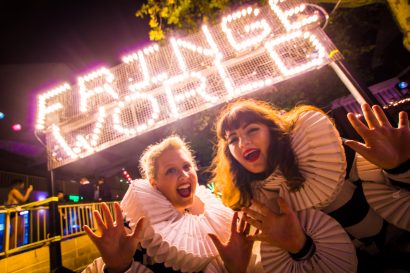Less than a year into his tenure at Fremantle Arts Centre, curator Glenn Iseger-Pilkington has made a splash with his first exhibition, “Undertow”, but that’s the tip of the iceberg in terms of the centre’s plans, discovers Rania Ghandour.
Creating artistic asylum at Fremantle Arts Centre
16 March 2022
- Reading time • 10 minutesVisual Art
More like this
- A walk with Tina Stefanou
- A blaze of glorious people
- Diving into the gothic world of Erin Coates
As many of us know, Fremantle Arts Centre was built by convicts in the 1860s and housed what was then called a “lunatic asylum”. The difficult history of this beautiful building and its grounds has prompted many conversations among those who work there about it becoming another kind of asylum.
Without the derogatory word “lunatic,” says Fremantle Arts Centre (FAC) Director Anna Reece, “you’re left with an asylum, a sanctuary, a place to feel safe and supported.”
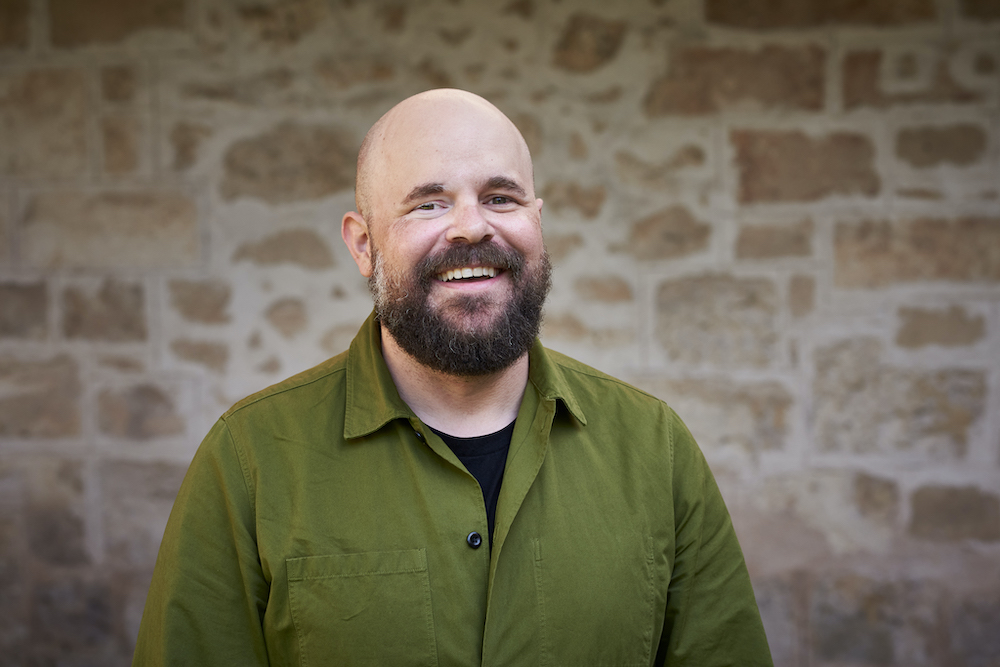
Reece has been at FAC’s helm for just shy of one year. In mid-2021 she was joined by Glenn Iseger-Pilkington. As FAC’s Curator Visual Arts, he has big plans to support this vision of creating a sanctuary for artists.
Iseger-Pilkington believes that the role of the curator – in commissioning art and holding and making space for artists – is vital to the success of galleries and art centres.
After growing up in the Kimberley and Bunbury, Iseger-Pilkington moved to Perth after high school and studied visual arts at university. It was here that he became interested in curation.
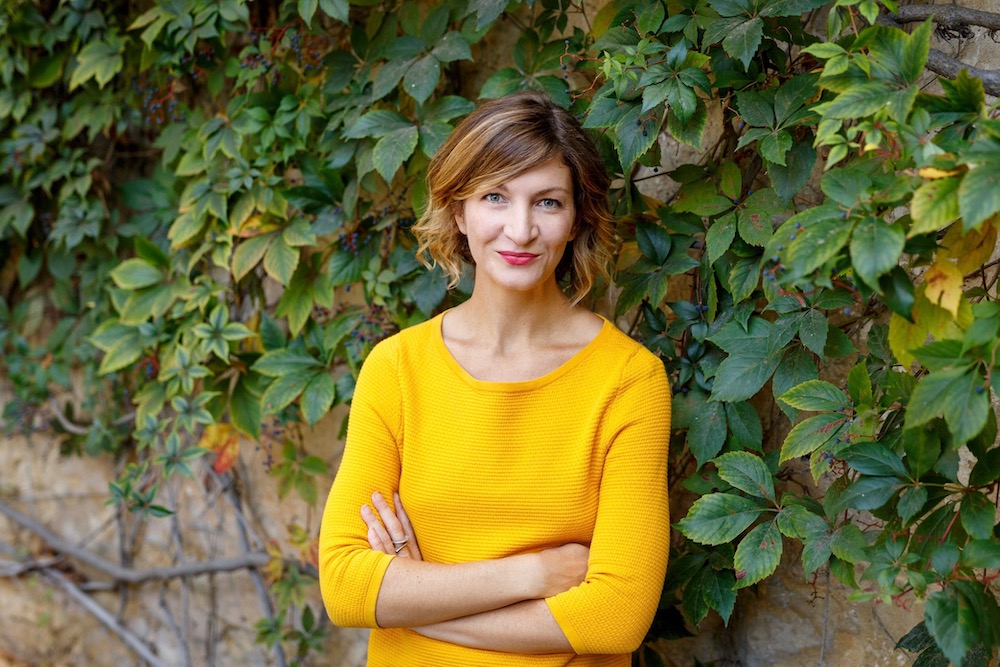
“Curating is cool because you get to work with art, but you also get to work with words and you get to work with artists,” he says.
Working with art and art collections made sense to someone who had always been obsessed with objects and the meaning and stories they hold.
Iseger-Pilkington is a Nhanda and Noongar man with family from the Netherlands and Scotland. His family were strong influences on his attitudes to art.
“I think that for me, growing up in an Aboriginal family, making art is often functional,” he says. “Making is about filling up time or about making something for a family member.
“For example, my grandfather was an amazing emu egg carver, but I don’t think he ever sold anything, it was always just for other people.”
As a child, Iseger-Pilkington would constantly follow his grandfather around, asking him questions about what he was doing or making. He was also influenced by visits to his Dutch grandparents.
“In their house, all of these objects were like little portals to Europe, and they were things that helped me understand who I was,” he says.
“As someone who’s biracial, who’s queer, who connects with lots of different communities through their work, I’m more interested in making exhibitions that help us to understand the ways we connect and what brings us together.”
This led to his ongoing interest in objects, in space, in architecture. “Ever since I was a little kid I was constantly rearranging my bedroom, creating new spaces by repositioning things,” he recalls.
Iseger-Pilkington started his career at Artsource, then worked in major institutions including the Art Gallery of Western Australia and the Western Australian and South Australian Museums, and later ran his own consultancy, before taking up his position at FAC. He is the first Aboriginal person recruited into the role. However, he resists any attempts to pigeonhole him as a curator. He says he feels supported by FAC to be ambitious and take risks.
“I can try things which aren’t defined by my lineage, my culture, my heritage, my experience,” he says.
As a curator he is interested in First Peoples’ art from around the world, and the way it reveals colonial connections, from the effects of colonialism through to now. But he is also interested in the idea of shared humanity.
“There’s so much in the world that talks about, documents and shares how we’re different,” he says.
“As someone who’s biracial, who’s queer, who connects with lots of different communities through their work, I’m more interested in making exhibitions that help us to understand the ways we connect and what brings us together.”
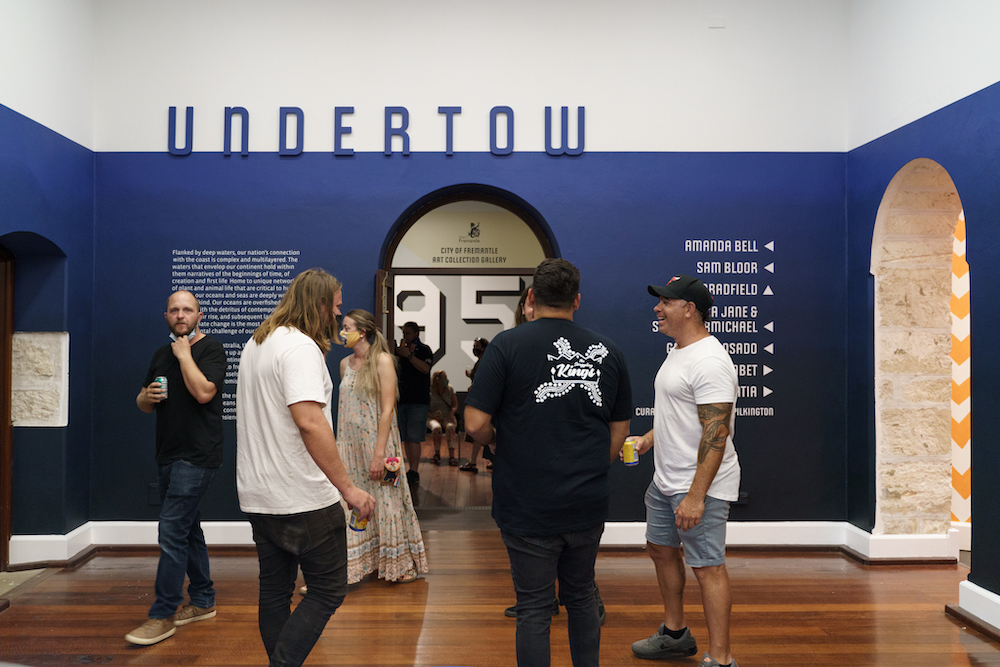
“Undertow” is Iseger-Pilkington’s first major exhibition at FAC and features Australian artists Amanda Bell, Sam Bloor, Ron Bradfield Jr, Elisa-Jane and Sonja Carmichael, Garry Sibosado, Soul Alphabet and Angela Tiatia.
“The thing about ‘Undertow’ that’s really beautiful is the kind of multiplicity of stories that emerge from, speak to, and riff off ocean spaces,” Iseger-Pilkington says.
“If we at the Arts Centre can encourage artists to not only imagine and articulate their greatest ambition, but to help them realise it, then I think that makes an excellent contribution.”
The exhibition demonstrates a generosity towards the artists involved. Rather than having busy rooms full of art from multiple artists, ‘Undertow’ is a series of solo bodies of work, with each artist given their own dedicated space.
Reece says FAC is positioning itself as a major multidisciplinary organisation deeply embedded in its community that puts artists first.
“It’s not just about creating space, but creating opportunities by commission, co-commissioning, locally, nationally and internationally,” she says.
While this commitment and the generosity of spirit that underpin it are laudable, the FAC team aims to do more. Reece says the Arts Centre is determined to make a difference in the lives of artists and is taking steps to counter the way artists tend to temper their vision due to budget and time constraints.
The latest in a series of reports on the arts and arts funding was released last month by the think tank A New Approach (ANA). Titled “The Big Picture 2: Public Expenditure on Artistic, Cultural and Creative activity in Australia in 2007-08 to 2019-20”, the report finds that despite cash contributions to counter the effects of COVID-19, arts funding in Australia continues to lag behind other developed countries, with Australia ranked 23rd out of 34 OECD countries for expenditure on arts and culture per capita.
Reece believes this stagnation of arts funding has a damaging effect on artists.
“We’re seeing artists lose their dreaming, their ambition,” Reece says.
“If we at the Arts Centre can encourage artists to not only imagine and articulate their greatest ambition, but to help them realise it, then I think that makes an excellent contribution.”
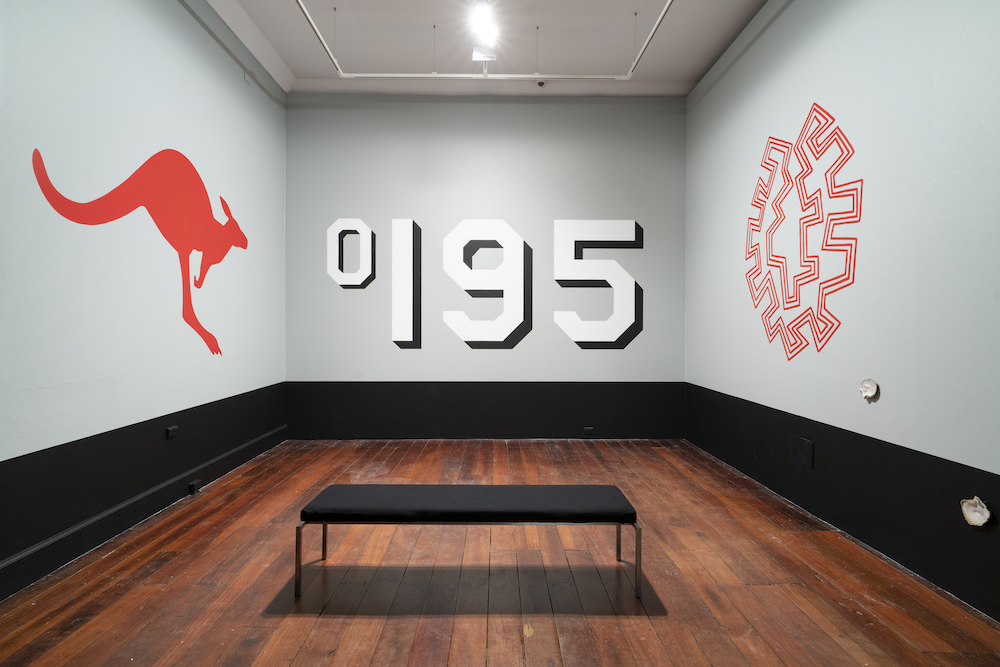
Exciting plans to create a sanctuary for artists, and provide them with material and moral support, include an upcoming opportunity for several artists to be given studio space and a wage for three months at the centre.
“As a curator I really love the role we play both as a soundboard, but also as a devil’s advocate.”
Another is the brand-new space called the Seed Room, a lovingly renovated space commissioned with beautiful, considered design that was formerly the “cell room”. It includes a reference library to seed ideas and is free and open to all artists. Reece says it is a luxurious space “because we want artists to feel cared for and nurtured.”
Iseger-Pilkington echoes this sentiment. “It’s important to us that we make meaningful investments in the lives of artists,” he says.
“As a curator I really love the role we play both as a soundboard, but also as a devil’s advocate.
“You need to respect the artistic integrity of a practitioner, but sometimes being that soundboard means that you can create a vantage point for an artist to look at their work from a different space and see the changes that need to be made to manifest something deeply moving and profound,” he says.
“Undertow” continues at Fremantle Arts Centre until 25 April 2022.
Read Miranda Johnson’s review of “Undertow”.
Pictured top: Sonja and Elisa Jane Carmichael, ‘Dabiyil Bajara’, 2021, cyanotypes on cotton, 5.5 x 2.7m each. Photo: Pixel Poetry
Like what you're reading? Support Seesaw.



